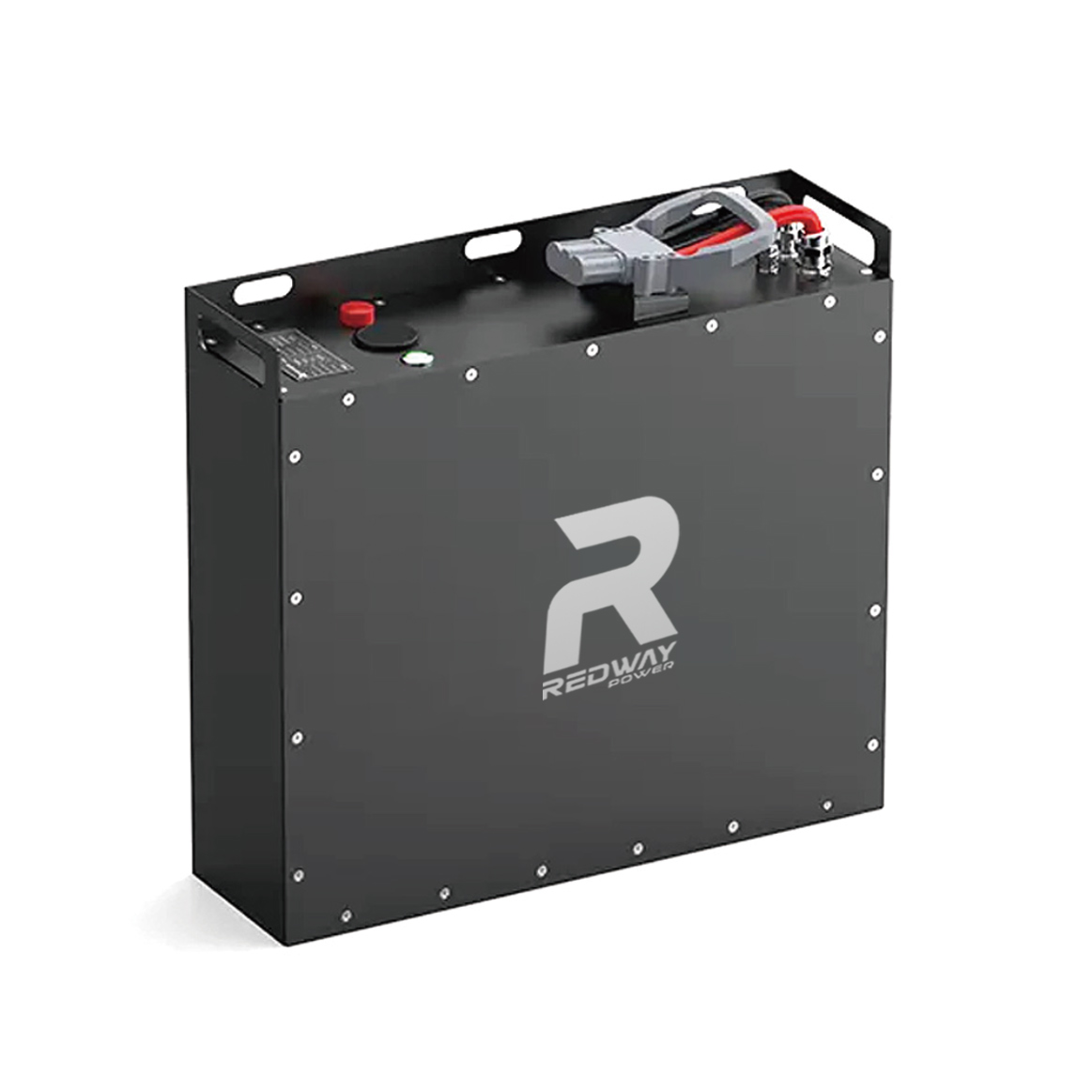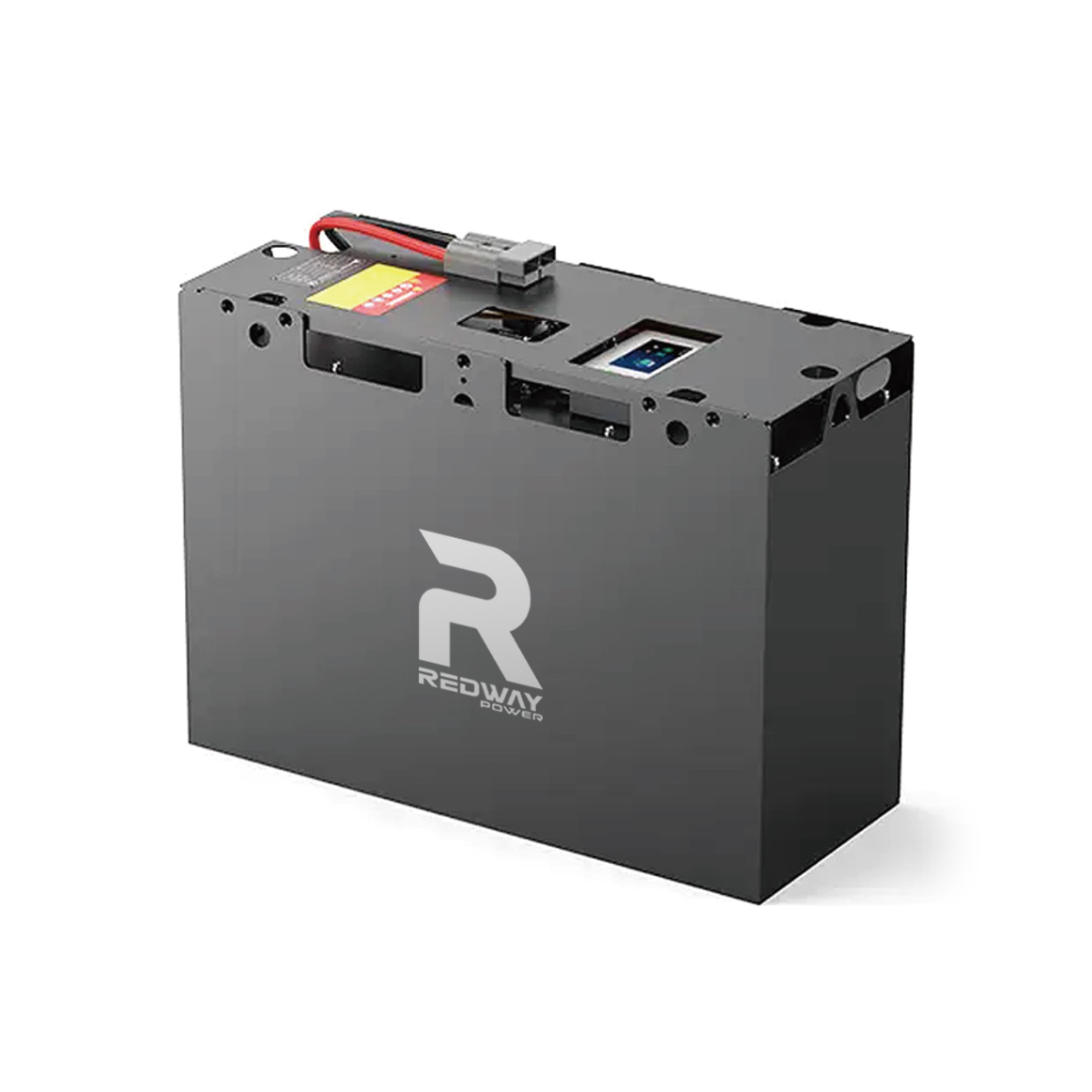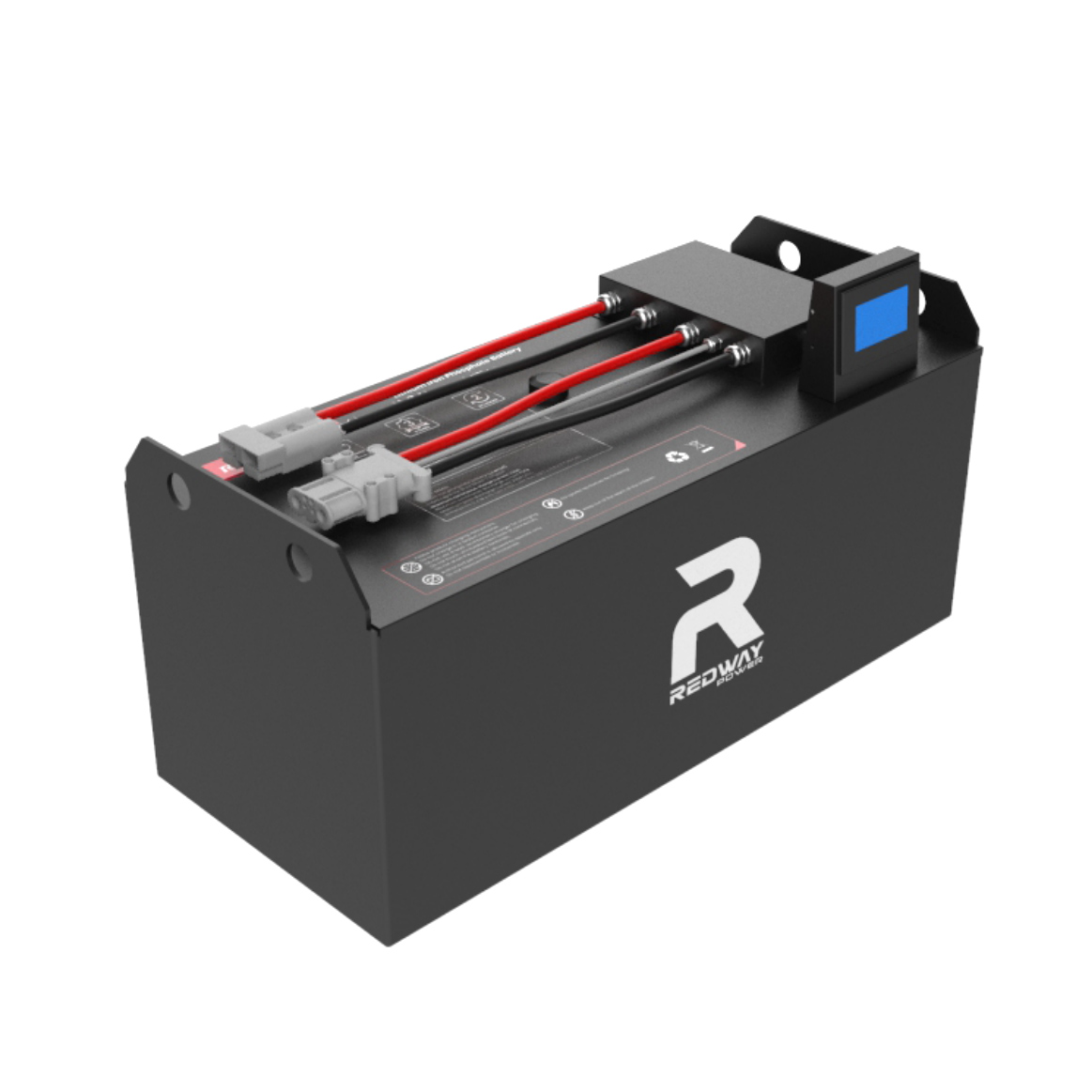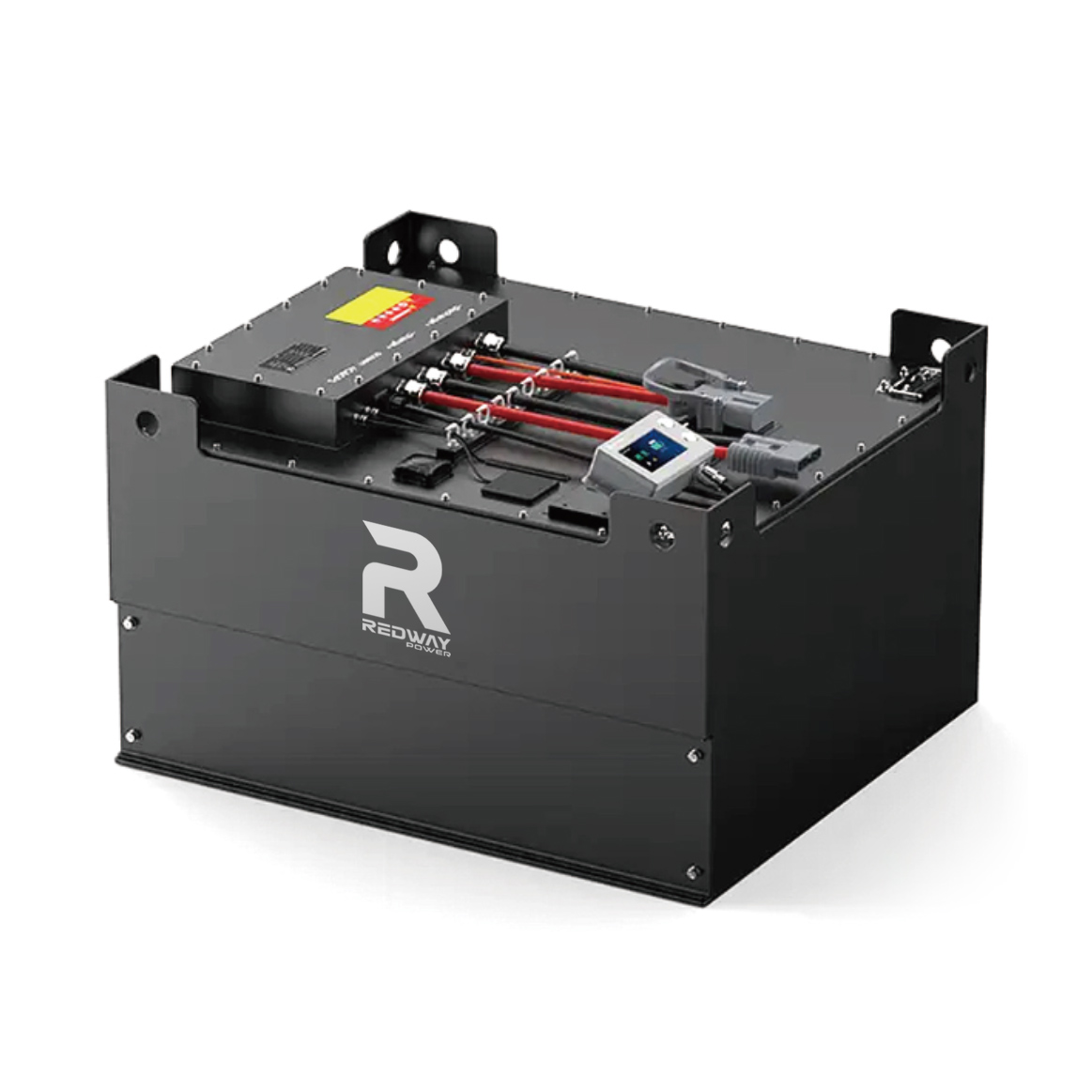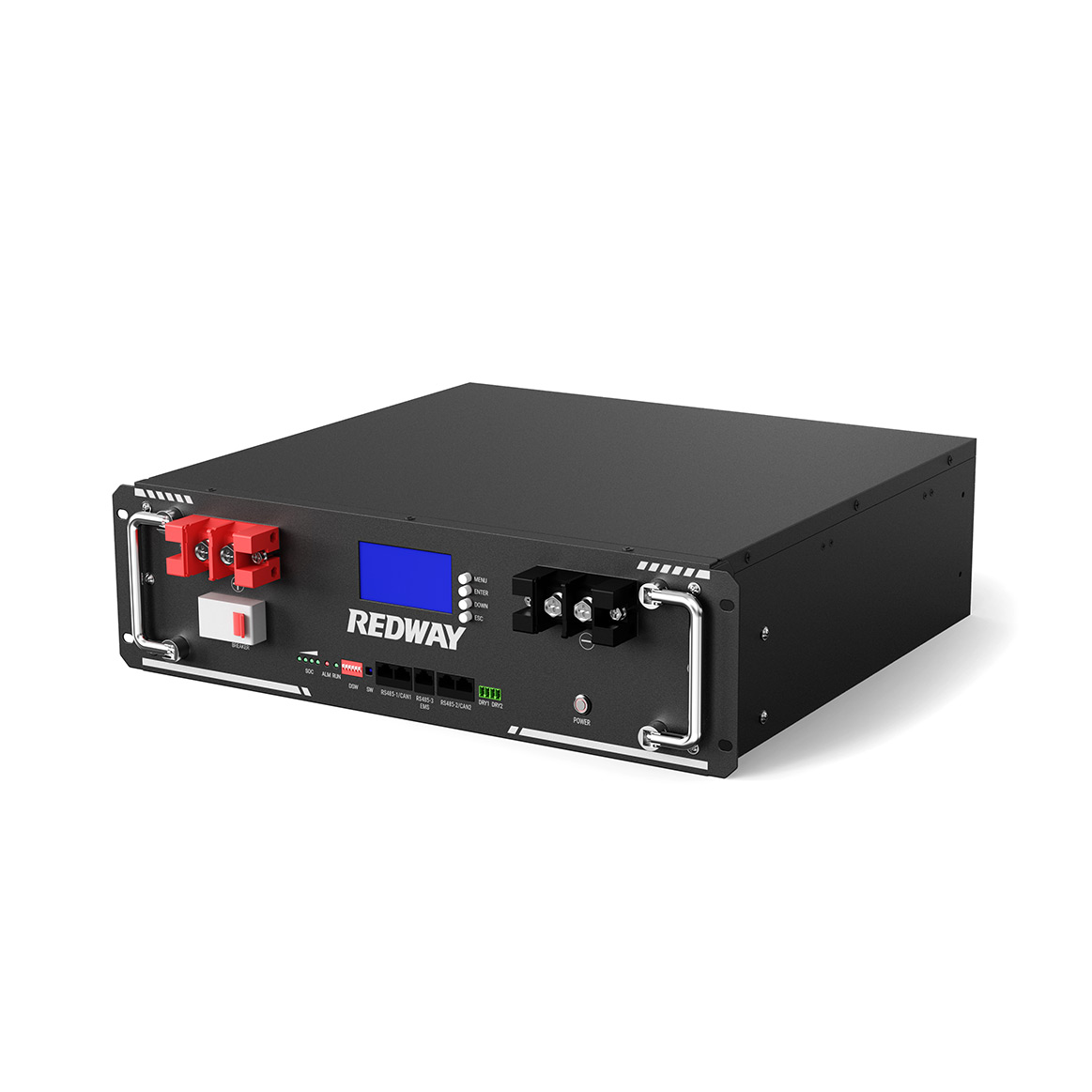Deep Cycle LiFePO4 Batteries Manufacturer
Looking for a business partner from whom you can buy deep cycle lithium batteries at wholesale price? We got you covered. Learn more about how we can work together.
Redway Lithium ion Battery Factory has been diligently striving to unlock the mysteries of transforming deep cycle LiFePO4 Batteries into a profitable venture. Discover the inner workings of LiFePO4 Batteries, explore their advantages, various categories, extensive product line, exceptional craftsmanship, and a plethora of other fascinating details by simply clicking the button below!
We are a Lithium Battery OEM Factory
Redway is dedicated to the domains of 12V, 24V, 36V, 48V, 60V, 72V, 80V, 96V, 100V Deep Cycle Lithium Iron Phosphate Batteries, RV lithium battery, Marine battery, Rack-mounted lithium battery, Golf cart lithium battery and Forklift lithium batteries. Their ultimate goal is to fulfill the diverse energy needs of customers by providing comprehensive energy service solutions. These solutions encompass a range of offerings, including lithium-ion battery energy storage products, smart hardware solutions, energy investment, and operational services, among others.
Don’t you find what you are looking for?
Just tell us your detailed requirements. The best offer will be provided.
Blog
What Is the Best Way to Bulk-Order Rack Lithium Batteries Efficiently?
January 14, 2026
No Comments
Bulk-ordering rack lithium batteries can be streamlined through reliable OEM suppliers like Redway Battery. With 13+ years of experience, Redway delivers LiFePO4 rack packs from
Best OEM/ODM Rack Lithium Batteries for Custom Applications
January 14, 2026
No Comments
Rack lithium batteries from China manufacturers like Redway Battery offer scalable, high-performance LiFePO4 solutions for telecom, solar, and data centers. With customizable voltages, capacities up
What Are the Best Rack Lithium Batteries for Tight Spaces?
January 14, 2026
No Comments
High energy density rack lithium batteries, such as Redway Battery’s LiFePO4 models, provide over 200Wh/kg in compact 3U-5U formats, ideal for space-limited data centers, telecom,


